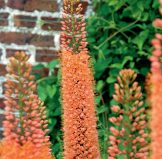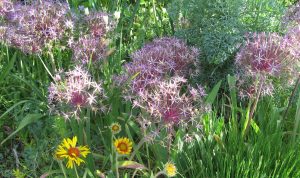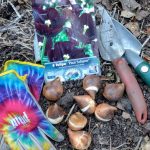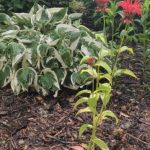This fall Harlequin’s Gardens is offering many varieties of spectacular fall and spring blooming bulbs, in addition to specialty holiday bulbs such as amaryllis and paperwhites! We are working hard to provide you with detailed descriptions and photos of each bulb. Check back often as our listing will continue to fill-out. Click on names for descriptions and photos.
Our bulbs have arrived! Supplies are limited, with some bulb selections selling out fast. So, although it’s best to wait until mid-October to put most in the ground, stock-up now!
2023 BULB LIST
ALLIUM
Christophii (albopilosum)
Mountain Bells Mixture

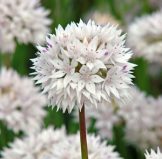 Circa 1857, this delicate-looking yet easy-growing North American native has composite 3″ globes of star-shaped, sparkling white flowers with pale lavender stamens tipped with purple anthers and sturdy stems.
Circa 1857, this delicate-looking yet easy-growing North American native has composite 3″ globes of star-shaped, sparkling white flowers with pale lavender stamens tipped with purple anthers and sturdy stems.